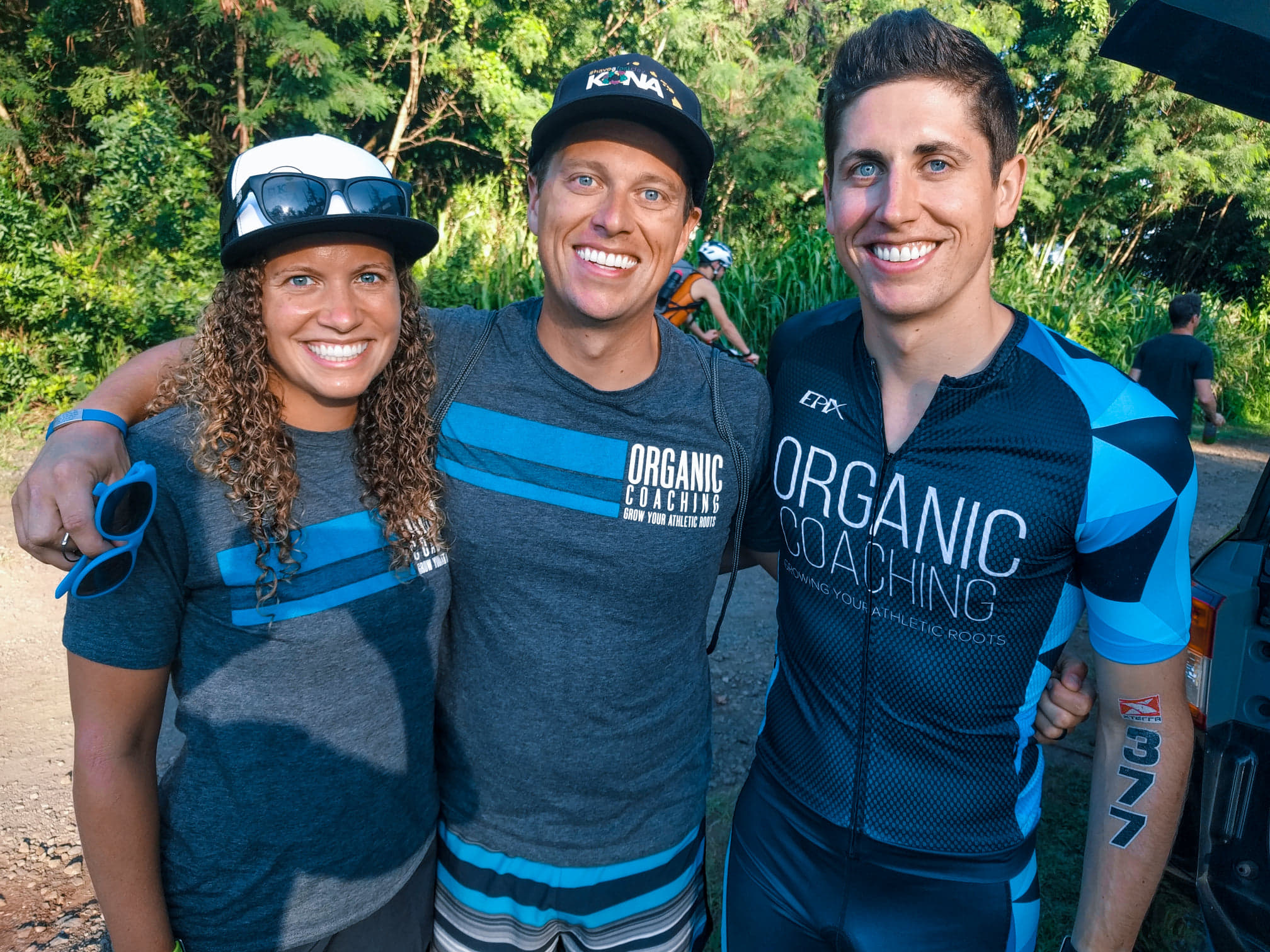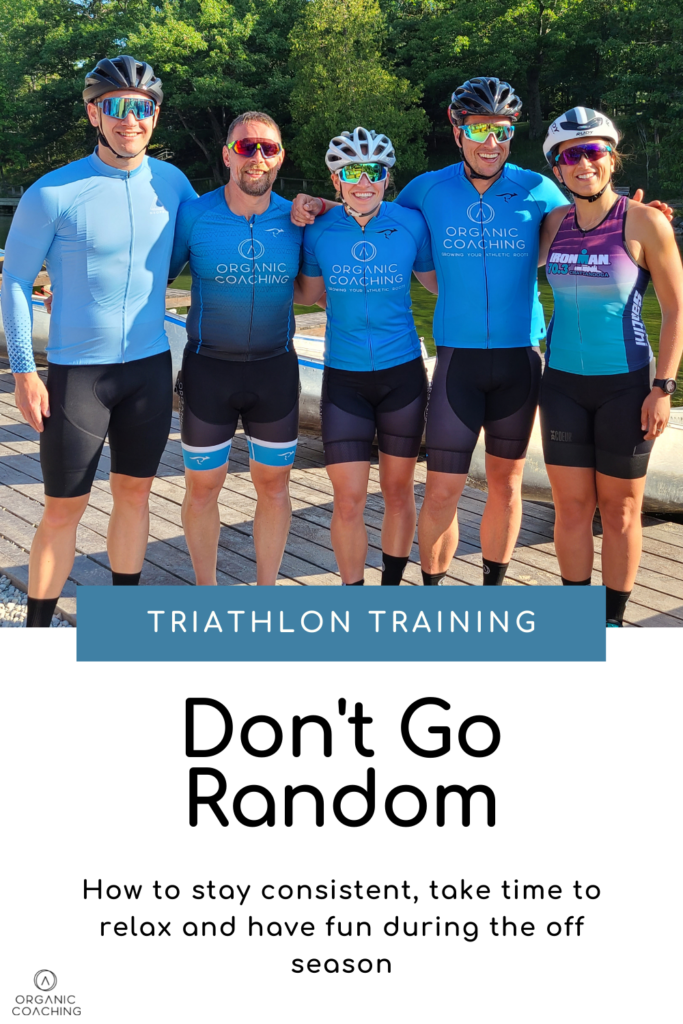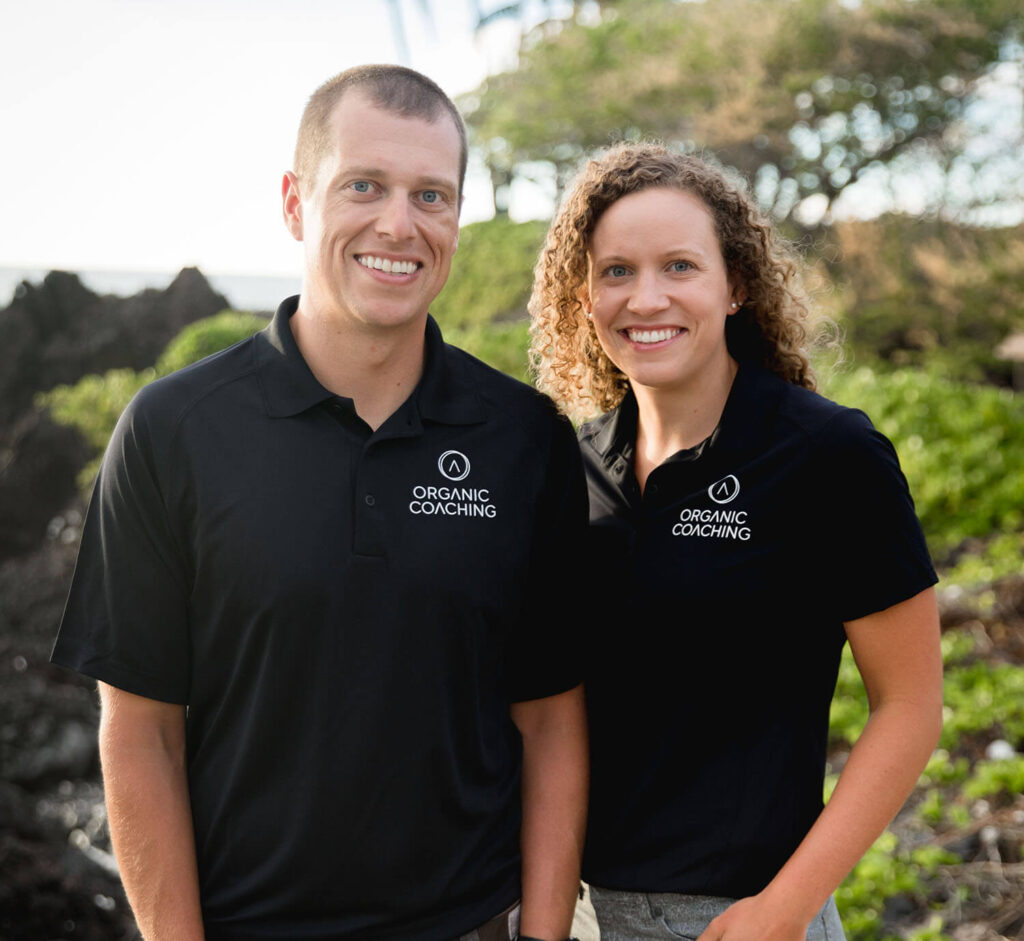

It’s here. The New Year. That treasured time where we’re thinking about new beginnings and planning our year ahead. For most, our big races are well in the past, and we’ve been letting our bodies have a little break from the day-in, day-out grind of last season. And when a significant portion of your mental, emotional, and physical attention has been devoted to such a challenging (and rewarding) sport, you absolutely need time away to rejuvenate and re-energize. But as they say — “time away” can often mean big dips in training… or a seemingly random approach to training. And as we know, you know, we’re big believers that consistency is key. This article is to give you – and so many other off-season athletes (so don’t feel guilty) – a much-needed reminder of what consistency is key to triathlon development.
Don’t get me wrong, that rejuvenation, I mentioned above, is so important. Taking the time to catch up with home projects, family time, and general self-care is paramount (and not just in the off-season, by the way).
Unfortunately, there’s this cycle we can fall into where we think “I’ve been training for months, my big season goals have passed, I won’t be racing till summer, I’ll start up again this spring.” This pattern can sadly mean when we do return to regular training, the first two to four months are primarily spent building back to the last season’s starting point. Why? Because we’ve thrown consistency out the window.
Sadly, this means we end up with marginal improvements from year to year. We want to put an end to that cycle and allow our fitness and growth to compound across seasons. But let’s be honest, sometimes the training calendar can feel like our overlord, particularly with the dreaded orange or (gasp) red block indicating a missed workout. Instead what can happen is we kind of go into a “random mode of training”. One week away turns to three and we’ve lost our momentum.
This brings us to what’s commonly accepted in triathlon circles as the #1, can’t live without, the must-have, key to growth and improvement: Consistency. In some cases, this is a years-long development of fitness and endurance that enables your body to progressively adapt to the physical demands you are placing on it. On a smaller scale, consistency happens on a month-by-month, week-by-week, and day-by-day basis. It is crucial to ensure all of the fitness you’ve built doesn’t suffer a significant setback.
In exercise science, there’s a concept known as the “Principle of Reversibility” which is a fancy way of saying if you stop training, you’ll lose the effects of training. Now, you might be thinking “well, that’s obvious” and you’d be right, it’s very intuitive that if we remove the stimulus that was yielding gains, those gains will diminish over time.
But here’s the thing, many of us don’t realize how quickly these effects can take hold nor what the cumulative impact this can have on our long-term performance outcomes. In as little as two weeks, with little to no physical engagement, reversibility (also known as detraining) can start to set in. And to add insult to this metaphorical injury, aerobic fitness tends to be the first thing to go soon followed by strength.
The beautiful thing is that reversibility can be itself, reversed and retraining can ensue. I realize you might be reading this thinking this ship has sailed for you… You peaked for a race in October-November, had a few weeks off, those few weeks turned into a few months where training has become more random than structured.
Or maybe you’re fresh off a long-ish holiday break and find yourself getting pretty comfortable sleeping in and binging feel-good movies at night. In either case, no worries. Your next step is the most important one.
So how do we chart a correction course? I’d encourage you to re-engage with your weekly training schedule. Plan out your week to re-establish a rhythm of exercise, but remember, the structure doesn’t have to mean drudgery. Think about this “downtime” as an opportunity to refine some of the areas we often don’t have space for in the throes of the heavy training and racing season.
Make strength, core, and mobility a priority. Each of these contributes to a foundation of health and performance that will significantly aid our swim, bike, and run. Consider building your weekly plan with these as the primary sessions.
Also, don’t forget about the “leisure” aspect of this sport. There are so many ways to make training fun that will still move you toward your overarching fitness goal. If you have a coach or plan solo, work to incorporate your favorite winter sport on a weekly basis, maybe it’s a long wintry hike, a snowy fat tire ride, or a friendly tennis match.
Whatever you pick, make it part of the plan, make it fun, but most importantly, avoid letting training go random and make consistency your middle name.
Happy training!
READ MORE: Technology Free Training Challenge
DOWNLOAD OUR {FREE} TIME SAVING & EFFECTIVE TRAINING GUIDE FOR TIME CRUNCHED ATHLETES


Carly and Tyler Guggemos built Organic Coaching in 2014 with a simple philosophy that works. The idea is to take what you have and grow it to get faster, fitter and stronger. And to do it with the time you have – not the time you wish you had.

For athletes who are ready to take their training to the next level while still thriving and succeeding in their professional and family life.
Copyright © 2024 Organic Coaching LLC